Interview: Derek Jenkins, VP and Head of Design at Lucid
The designer speaks to us about the Gravity SUV, design challenges and where we’re all headed

No car at the LA Auto Show garnered more attention than the Lucid Gravity SUV, a recenly revealed follow-up to Lucid’s highly-acclaimed, multi-award-winning Air electric sedan. It’s not by accident. While Air was a six-figure technology showcase that felt fresh and innovative, Gravity is in some ways in an entirely different orbit. For one, Lucid is targeting an entry price of less than $80,000, which makes it somewhat more affordable as far as luxury EVs go. That it is an SUV—a burgeoning segment in the US and elsewhere—also means it can bring volume, greater recognition and revenue, all things this California startup will need to scale up to the next level. We sat down with Derek Jenkins, vp and head of design at Lucid in Los Angeles, to talk about Lucid’s “sophomore album,” challenges in its design and where the industry is headed.

What was the design directive going into Gravity? We already have Air, so we have one point on the line for brand identity. What was the idea here?
To your point, we knew we had to have a good sibling, and have a DNA connection. Not to be identical, but to have some things carry over. One thing we did, and it sounds cliche, but we really made an effort to focus on the attributes consumers care about the most.
To me it’s space, space utility for people and stuff. It’s also range as an electric vehicle. You cannot deny that having over 400 miles of range is very attractive. It’s performance both on and off-road. When I say on-road I’m talking about agility‚ it’s easy to maneuver, high performance and fast. And off-road, good levels of off-road capabilities—though not a rock crawler. If you need to do Moab and stuff like that, that’s a different vehicle.
And lastly, there’s luxury. There are cool features, ambiance, materials and sophistication. People expect that in a vehicle at this price. And lots of fun features, frunks, versatile center consoles, folding seats. Bringing all of that into one vehicle is very challenging. But that’s what I think the SUV buyer is looking for. If it’s my primary family vehicle, and primary business vehicle, I want it to do all of those things really, really well. And that’s the objective, and of course bringing the Lucid DNA along for the ride.

We noticed the bear graphic on the key fob. Is that standard? Is that going to be on everything?
The bear is ending up on everything. We’re an unusual case where the Lucid graphic is our logo. And of course we worked really hard on the naming of our vehicles. We don’t follow a letter or a number nomenclature, so we have Air, and Gravity, and we’ll continue that in the future. The bear was originally just our nod to California, but now it’s slowly becoming the brand crest. You’re going to see a lot more of that.

Was there anything that was particularly challenging in designing Gravity?
I think there were two things that we really worked hard on. On the interior there’s something we’re calling the Clearview cockpit, which is an evolution of the upper display moving higher in the seating position, right up against your sightline to the road. And then we reshaped the steering wheel, so you get full view of the upper display in front of you. 99 percent of the cars on the road today have obscuration from the steering wheel, which can eat up to 35 percent of your usable real estate. We worked really hard to reshape everything, to have a clear field of view which is really immersive. It has more touch surface, and we still have this really cool, sporty steering wheel, so there’s no compromise with drivability. That was really hard to get right, and I really feel like we cracked that. I know for a fact that every design studio on the planet struggles with this topic, and I really feel like we’ve solved it in a great way.
The second thing was aerodynamics. To get a vehicle like this to under .24 of drag coefficient, that’s our working target. We’re still getting just little bits where we can to get that. It’s really, really hard. And we have a vehicle over five meters in length, and almost two meters wide, with incredible interior space, big cargo, big opening, a proper third row for adults, and to still get down to sedan and coupe drag coefficient numbers. We’re doing it with a seven-passenger SUV. That’s pretty remarkable.

If you had an EV crystal ball, what do you think things are going to look like in 2030, and 2035?
I do believe in Lucid’s approach, and we see that with Air, and I think others will follow. Because there’s a certain honesty to it, and we’ve solved certain problems, and others will seek that out and do the same. Beyond that, I think the bigger trends are the technology. I do believe things like air co-efficiency, aerodynamics, everybody is going to have to embrace that to some degree, or they’re going to be sacrificing.
In terms of interiors, and display technology, that area is moving so fast, and everybody is trying to find their own approach, their own signature. And then you throw autonomy in there, and that opens up a whole other range of things, so the desire to make this captive experience inside the car something special and ownable, from a brand standpoint everyone is going to try and find that, because that is the new frontier.
You asked about 2035, well, if most companies have sorted out efficiency and everybody is quick, fast, everyone has tons of space, the shape of automobiles will have adjusted to that, so what’s left? Experience. The in-car experience, and I’m not talking about watching YouTube. What else can we get? For us, Sanctuary is the very first step in that direction (changes screens, lighting, audio, seat massagers, to help you relax) and there’s going to be a lot more from us, and I think others will also pursue that eventually.
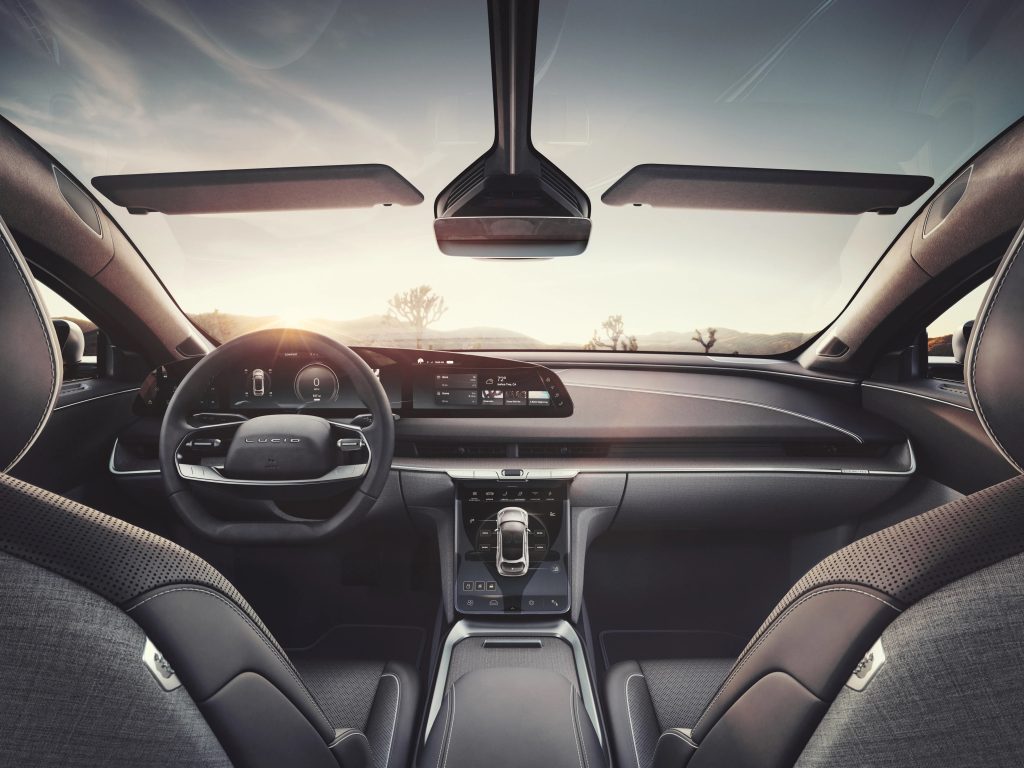


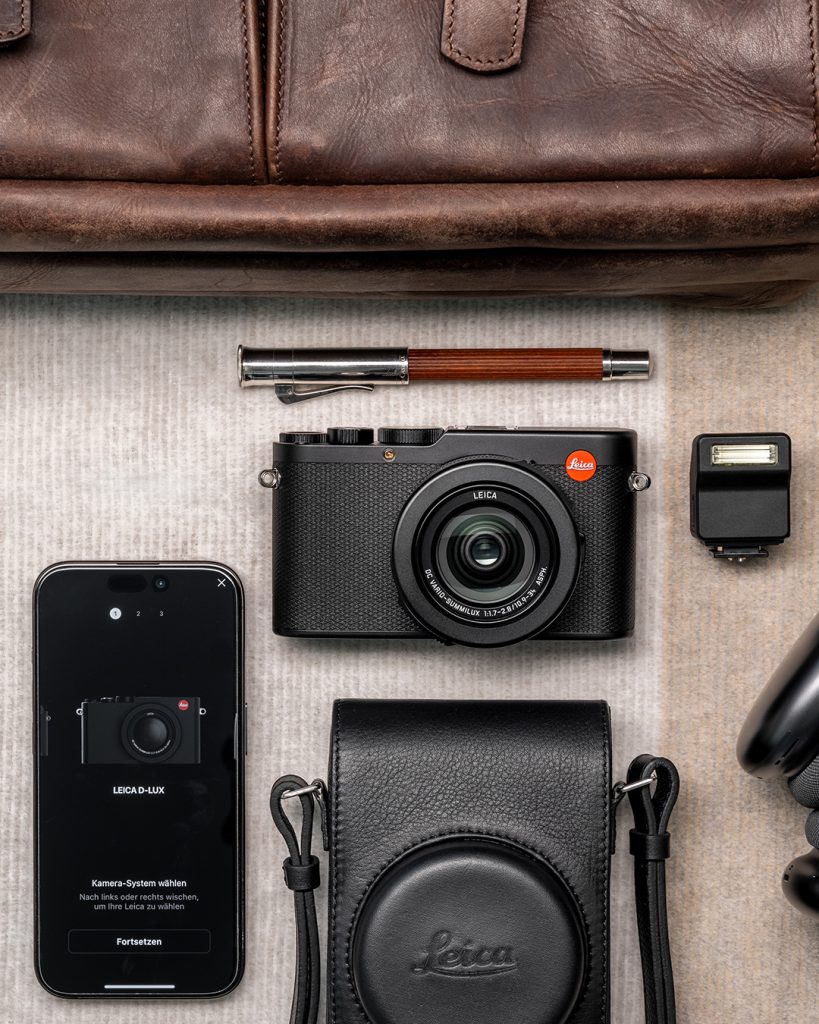
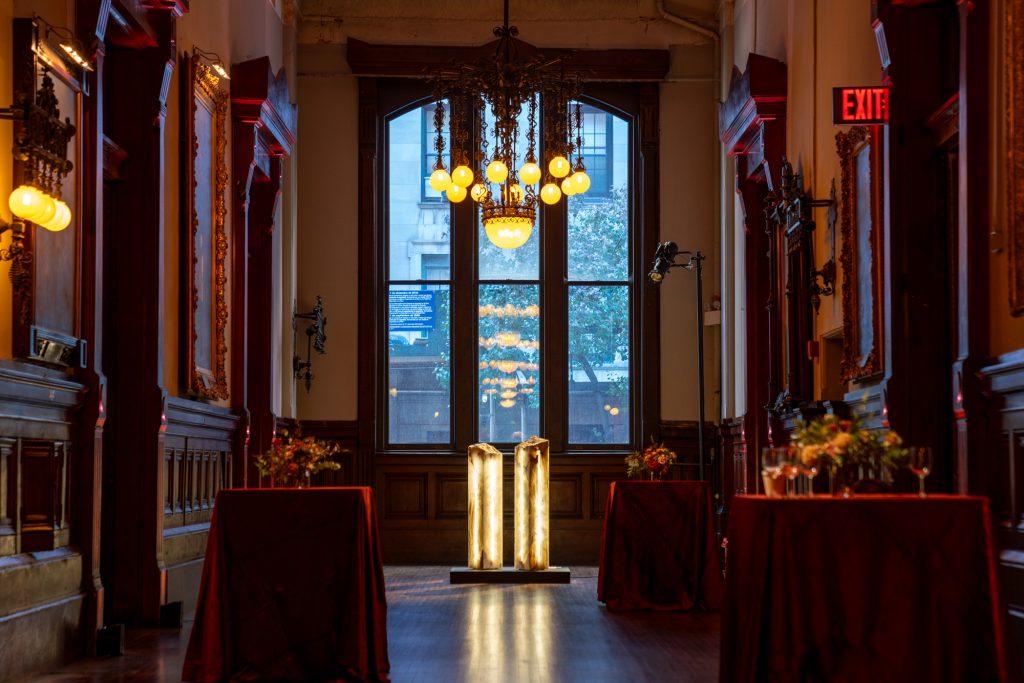




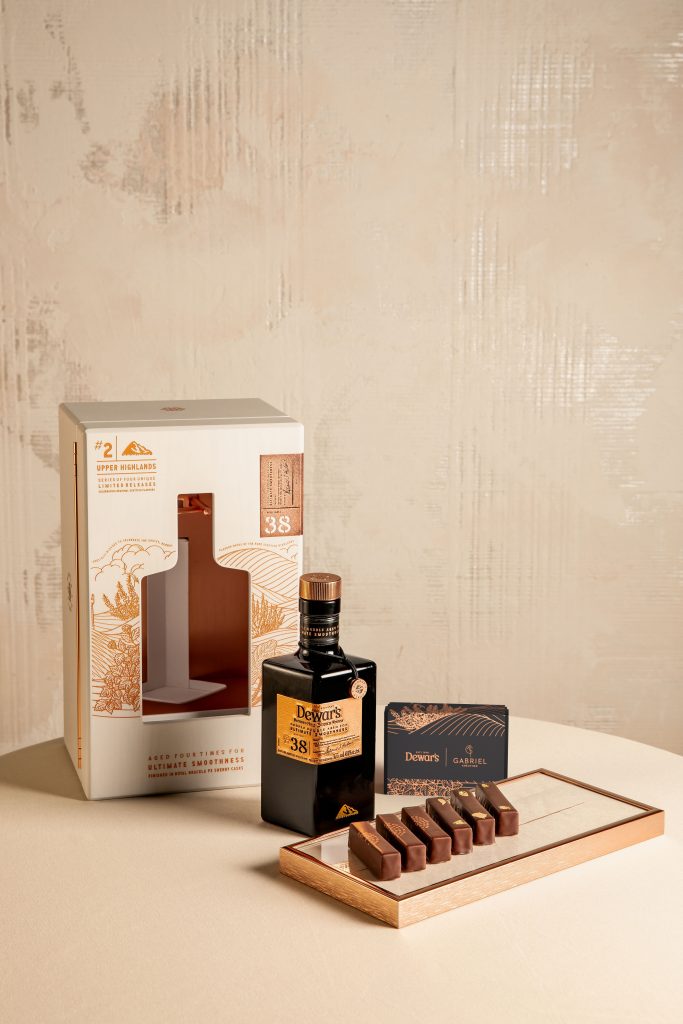
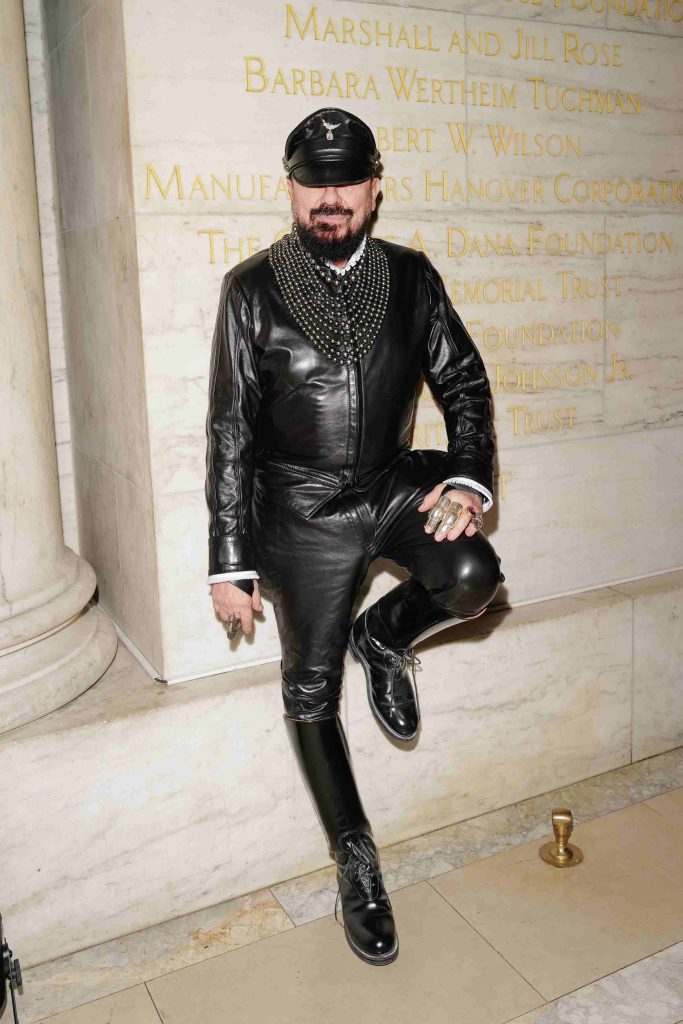


What are your thoughts?